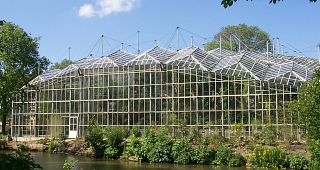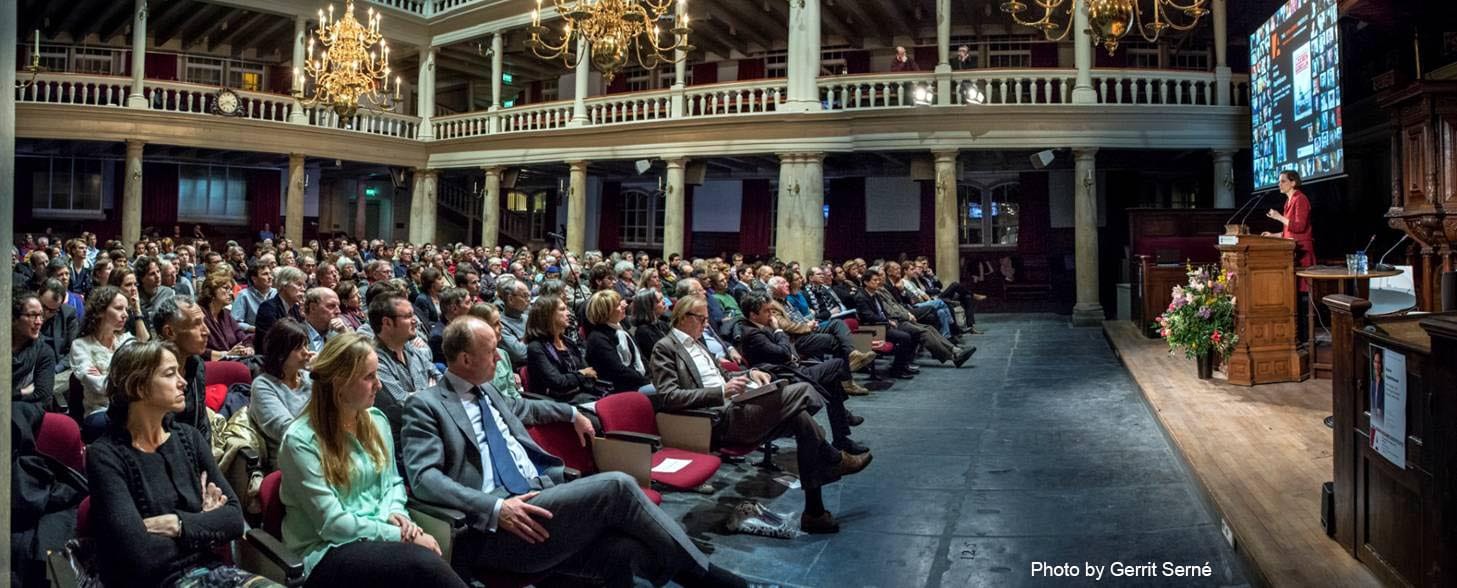The usual tagline on Singapore is that aside from malls and purpose-built tourist entertainment like Sentosa Island and the Singapore Flyer Ferris wheel, the city-state is bereft of genuine character. Pure fiction!
So forgive natives of the city-state for being excessively modest and defensive. After all, the word of mouth on Singapore is rather one-dimensional. Affluent global city and economic tiger of Southeast Asia? Yes. Perpetual business travel hub? Absolutely. But so much more!
Yet for every prejudicial, hipster backpacker who shuns Singapore for gritty Malacca and Penang, one intrepid tourist discovers that outside the high gloss of the Central Business District and upmarket shops in Orchard lolls a completely different city-state. A side of Singapore where parks, wildlife, heritage architecture, ethnic enclaves and a tangle of magnificent alternatives thrive.
Tanglin Village
Chinese spice plantations, Scottish manors and the British military once held court in Tanglin. The reclamation area in Central Region, Singapore is now home to a cluster of notable restaurants, cafés and furniture shops, many of which occupy former legacy landmarks in the Dempsey area. Indeed, now a veritable “village” with some of the best hotels in Singapore, Tanglin is a prominent and cosy base for entrepreneurial architects, artists and designers of all disciplines.
Arab Quarter and Haji Lane
The Arab Quarter, or Kampong Glam, is a bona fide microcosm of what Singapore is all about. A fabulous mix of old and new Malay culture, the heritage ‘hood north of the Singapore River offers up points of interest like the Malay Heritage Centre, Sultan Mosque and Hajjah Fatimah Mosque. Nonpareil stars of the quarter include rows of revamped early-20th century shophouses on Arab, Baghdad and Bussorah streets. Meanwhile, the vivid, ultra-funky boutiques of Haji Lane preside over whatever’s hot and fashionable in Singapore.
Parks and Wildlife
Not far from the steel and glass jungle of Singapore’s Central Business District lurks another world. A world where primary tropical rainforests, brilliant coral reefs and incredible biodiversity thrive. While rapid urban sprawl and population growth is the incessant Singapore narrative, the island has actually gone from 35% green cover to 50% since 1986. With this in mind, Bukit Timah Nature Reserve, Central Catchment Nature Reserve, Labrador Nature Reserve and Sungei Buloh Wetland Reserve all rank as supreme. The world class trio of Singapore Zoo, Night Safari and Jurong Bird Park lure millions of visitors a year.
Affordable Hawker Hubs
The diverse culinary landscape of Singapore is a linchpin attraction that the city-state tourism bureau loves to play up and promote. In order to get the best street food bang for your buck however, you have to know where to look. Some hawker food courts have earned a notorious reputation for perpetrating two unforgivable sins: price-gouging and watering-down. Thus, beware of what look like manufactured, shiny-new, not-so spontaneous hawker hubs. Locals in the know (always the best guides) tend to score lunch at the East Coast Lagoon Food Village, Golden Mile Food Center or Lau Pa Sat.
Geylang
Singapore’s lone gentrification holdout is Geylang, a red-light district poster child east of Central Area. Though far from dangerous, the rough around the edges ‘hood is a stark and frankly, welcome contrast from the rest of the spotless city-state. Full of coarse atmosphere and spunk, the area has some incredible period architecture and perhaps the best collection of affordable and authentic restaurants on the island.






